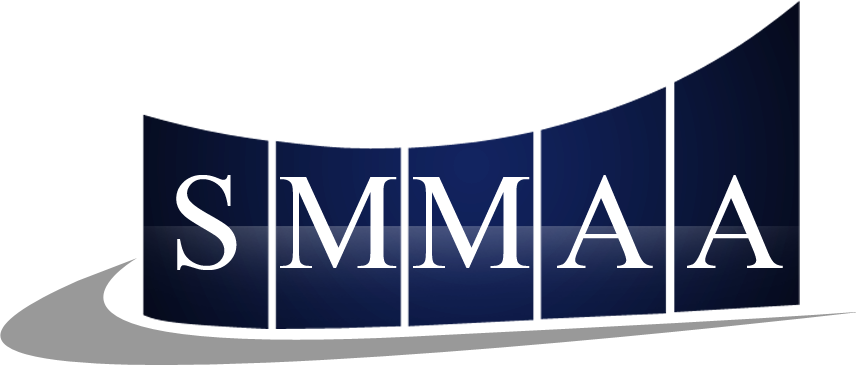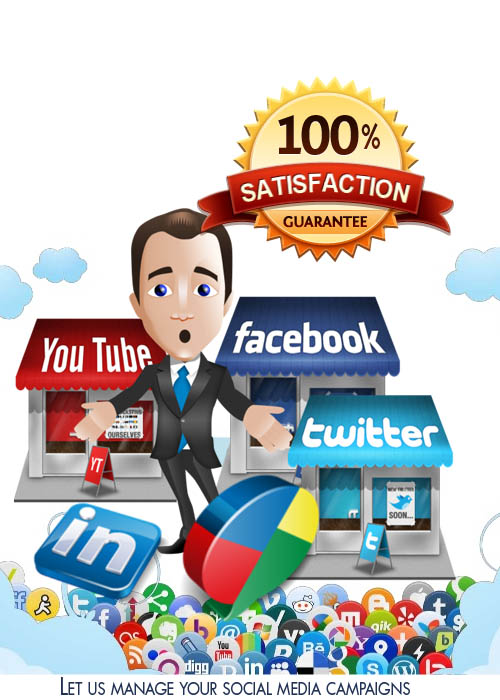In the rapidly evolving landscape of healthcare, social media has emerged as a pivotal tool for Business-to-Business (B2B) interactions. For healthcare providers, suppliers, and professionals in Australia, harnessing the power of social media can lead to significant growth and enhanced engagement. This blog explores how social media can empower healthcare B2B sectors, highlighting key benefits and offering actionable strategies for effective implementation.
The Rise of Social Media in Healthcare B2B
Social media platforms have transcended their initial roles as mere communication tools. They now serve as critical components in the strategic toolkit of healthcare businesses. With a growing number of Australian healthcare organisations embracing digital transformation, social media offers unparalleled opportunities for networking, brand building, and industry collaboration.
Key Benefits of Social Media for Healthcare B2B
1. Enhanced Brand Visibility and Credibility
Social media platforms such as LinkedIn, Twitter, and Facebook provide healthcare businesses with a robust platform to enhance their brand visibility. By consistently sharing industry insights, case studies, and relevant content, organisations can position themselves as thought leaders. This not only boosts credibility but also attracts potential partners and clients.
2. Targeted Networking Opportunities
Unlike traditional networking events, social media allows for precise targeting. Healthcare B2B entities can connect with specific industry professionals, decision-makers, and organisations. Australian healthcare businesses can leverage platforms like LinkedIn to join relevant groups, participate in discussions, and forge valuable connections.
3. Real-time Engagement and Feedback
Social media facilitates real-time interactions, enabling healthcare businesses to engage with their audience promptly. This immediate feedback loop helps in understanding market needs, addressing concerns, and adapting strategies swiftly. Australian healthcare providers can use this to their advantage, staying agile in a competitive landscape.
4. Cost-effective Marketing
Compared to traditional advertising methods, social media marketing is often more cost-effective. Platforms like LinkedIn and Facebook offer targeted advertising options that allow healthcare businesses to reach their specific audience without excessive expenditure. This is particularly beneficial for Australian organisations seeking to maximise their marketing budget.
5. Increased Lead Generation and Conversion
By employing targeted content strategies and engaging with relevant stakeholders, healthcare businesses can generate high-quality leads. Social media platforms provide tools for tracking engagement metrics, which can be used to refine strategies and improve conversion rates. For Australian B2B healthcare firms, this means better ROI and more successful business outcomes.
Strategies for Effective Social Media Use in Healthcare B2B
1. Develop a Clear Social Media Strategy
A well-defined strategy is crucial for leveraging social media effectively. This includes setting clear objectives, identifying target audiences, and choosing the right platforms. Australian healthcare businesses should focus on platforms like LinkedIn for professional networking and Twitter for industry updates and engagement.
2. Create High-Quality, Relevant Content
Content is king in the social media realm. Healthcare B2B organisations should focus on creating and sharing high-quality content that provides value to their audience. This includes industry insights, white papers, and case studies. Regularly updating your content and ensuring it is relevant to current healthcare trends will keep your audience engaged and informed.
3. Engage with Your Audience
Active engagement is key to building relationships and trust. Respond to comments, participate in discussions, and acknowledge feedback. By fostering an interactive presence, Australian healthcare businesses can build a loyal community and strengthen their brand reputation.
4. Utilise Paid Advertising and Analytics
To maximise reach and impact, consider investing in paid social media advertising. Platforms like LinkedIn offer targeted ad options that can be tailored to specific demographics and interests. Additionally, use analytics tools to track performance, measure success, and adjust strategies as needed.
5. Foster Partnerships and Collaborations
Social media is a great platform for identifying and fostering partnerships. Engage with industry influencers, collaborate on joint ventures, and participate in relevant industry conversations. For Australian healthcare businesses, building these relationships can lead to valuable opportunities and increased industry presence.
Case Studies of Successful Social Media Strategies in Australian Healthcare B2B
1. [Example 1: Australian Health Tech Company]
An Australian health tech company used LinkedIn to share case studies and industry reports, leading to increased visibility and engagement. By participating in industry-specific groups and forums, they successfully connected with key stakeholders and potential clients.
2. [Example 2: Australian Medical Supply Provider]
A medical supply provider implemented a targeted Facebook advertising campaign, focusing on specific healthcare professionals and institutions. This approach resulted in a significant increase in lead generation and brand recognition within the Australian healthcare sector.
Conclusion
Social media offers a wealth of opportunities for healthcare B2B organisations in Australia. By enhancing brand visibility, enabling targeted networking, and providing cost-effective marketing solutions, social media can significantly impact business growth and success. By implementing the strategies outlined above, Australian healthcare businesses can leverage social media to achieve their B2B objectives and stay ahead in a competitive market.











